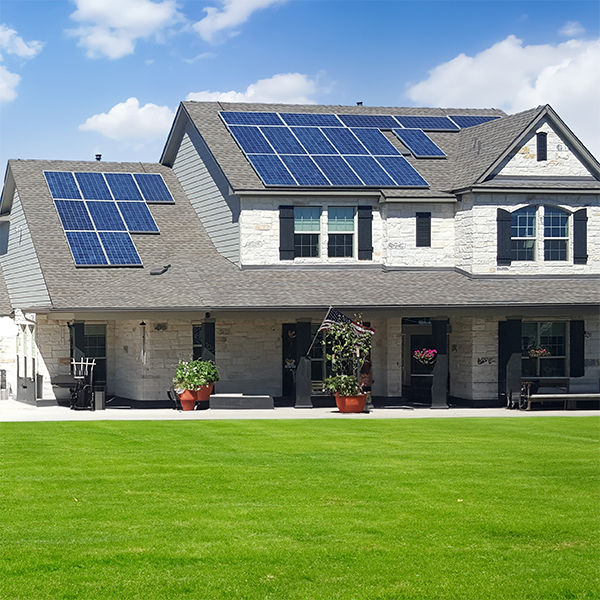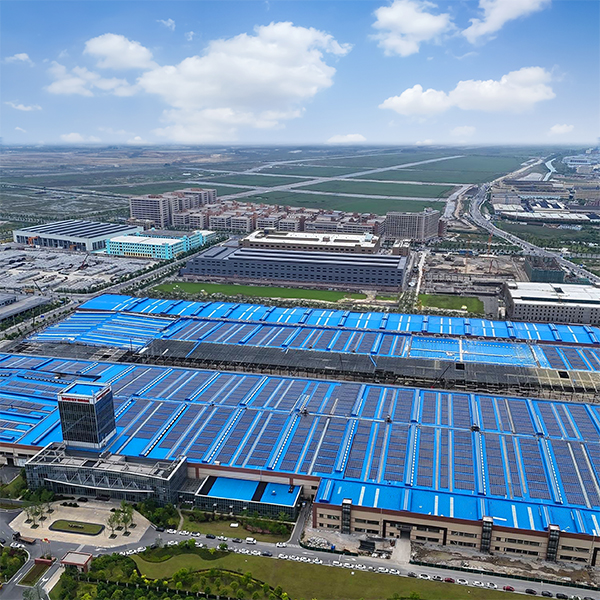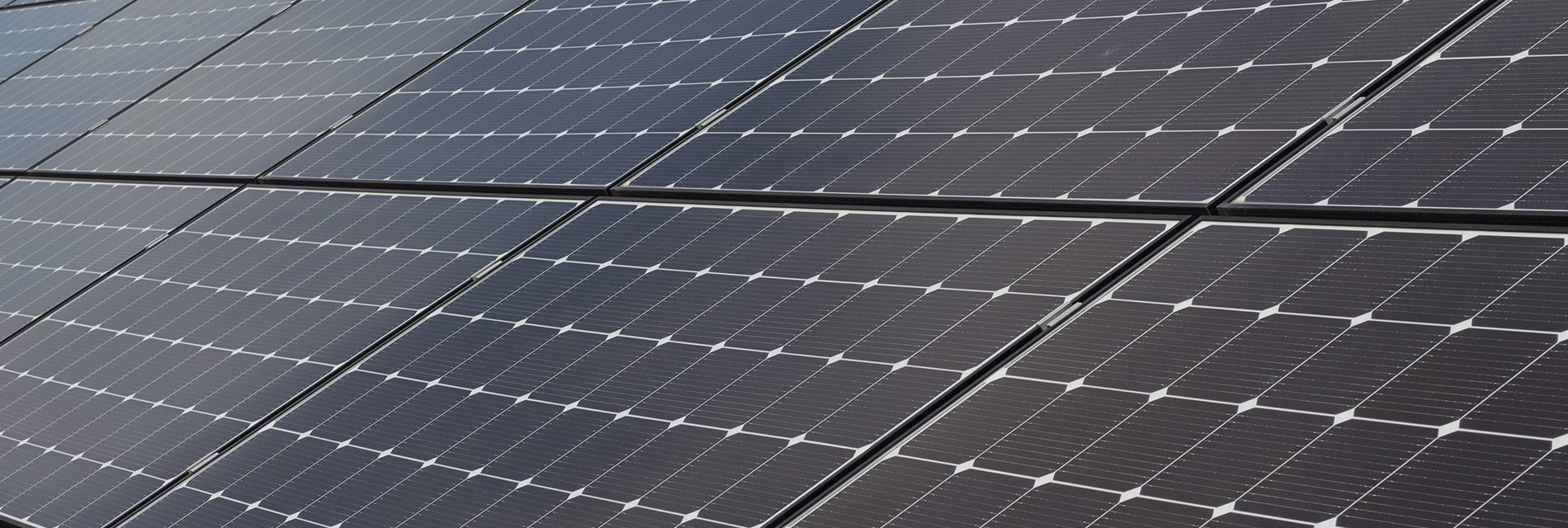
DESIGNED TO DELIVER
We have established a distinguished reputation for deploying top-performing PV modules across a wide array of prestigious residential, commercial, industrial and utility scale solar projects, making significant strides in the renewable energy landscape. Our unwavering commitment to quality, reliability, and excellence is evident in every installation, as we work diligently to contribute to a cleaner, more sustainable energy future.
Our solar modules are trusted by leading project developers, EPCs, contractors, installers, and other key stakeholders in the industry. This trust is reinforced by the backing of prominent financial institutions such as Bank of America, Morgan Stanley, JP Morgan, and US Bank, among others. Their confidence in our products enables seamless financing solutions, making it easier for our partners to undertake ambitious solar projects without the burden of financial uncertainty.
We understand that each project has unique requirements, and our flexible solutions are tailored to meet these diverse needs. In addition to our high-quality products, we pride ourselves on providing exceptional customer support. Our dedicated team of experts is available to assist you throughout the project lifecycle, from initial consultations to post-installation support. We believe that strong partnerships and open communication are key to successful project outcomes.
SOLAR CELL TECHNOLOGY | Engineered to perform
Solar cell technology is fundamental to the performance, efficiency, and economic viability of solar modules, making it a crucial element in advancing solar energy as a sustainable and effective power source. At Boviet Solar, we utilize advanced PERC and N-Type technologies across all our solar modules. These cutting-edge solar cell technologies offer several benefits to our clients:
- Enhanced Efficiency: Our solar cells reduce energy loss and maximize electricity generation from available sunlight, resulting in higher overall efficiency.
- Increased Power Output: By producing more power per unit area, our advanced solar cells require fewer panels to achieve the same power output. This makes installations more cost-effective and space efficient.
- Durability and Longevity: Designed to endure harsh environmental conditions, our solar cells minimize degradation over time, ensuring long-term performance and reliability.
- Performance in Low-Light Conditions: Our technology excels in capturing and converting sunlight during low-light or cloudy weather, enhancing overall performance throughout the day and in various weather conditions.
- Cost-Effectiveness: Advances in our solar cell technology lead to a lower cost per watt of solar energy, making solar solutions more affordable and accessible.
- Technological Innovation: Continuous improvements in our solar cell technology drive progress in the industry, providing more efficient, reliable, and cost-effective solar solutions and supporting the global transition to renewable energy.

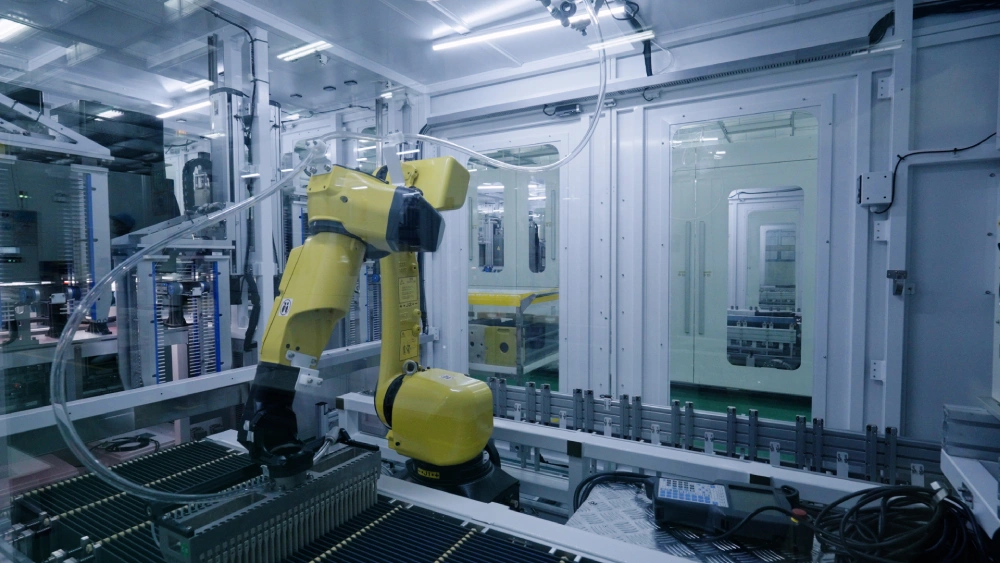

SOLAR MODULE TECHNOLOGY | Built to Last
Solar module technology is crucial for optimizing the performance, efficiency, and cost-effectiveness of solar energy systems. It ensures that solar modules generate maximum power, withstand various environmental conditions, and deliver a solid return on investment, driving the broader adoption and success of solar energy as a sustainable power source. At Boviet Solar, we produce both Monofacial and Bifacial solar modules using advanced PERC and N-Type cell technology, catering to residential, commercial, industrial, and utility-scale applications. These cutting-edge technologies offer several benefits to our clients:
- Efficiency and Power Output: Our solar modules maximize the conversion of sunlight into electricity, enhancing the power output of solar panels. Higher efficiency modules generate more electricity per unit area, which is crucial for space-constrained installations and optimizing energy production from limited rooftop or land space.
- Durability and Longevity: Our high-quality modules are designed for durability and extended lifespans, ensuring reliable performance over many years while minimizing maintenance and replacement costs.
- Performance in Varied Conditions: Our solar modules excel in less-than-ideal conditions, such as low light, shading, or cloudy weather, improving overall system efficiency and ensuring consistent energy generation throughout the day and across different weather conditions.
- Cost-Effectiveness: Innovations in our solar module technology led to reduced production costs and increased energy yield, making solar energy more cost-effective. Advances in manufacturing and materials help lower the cost per watt of solar energy, making it more affordable and accessible.
- Aesthetic and Design Considerations: Our advanced solar modules feature sleek, integrated designs that are visually appealing for residential and commercial applications. This allows solar installations to blend seamlessly with building structures and landscapes.
- Energy Yield and Financial Returns: The efficiency and durability of our solar modules directly impact the energy yield of a solar power system. Our solar modules produce more electricity, leading to better financial returns through reduced energy bills and increased savings over the system’s lifetime.
- Environmental Impact: Our advanced solar module technology incorporates sustainable and environmentally friendly manufacturing processes and materials, reducing the overall environmental impact of solar energy systems and supporting global climate change mitigation efforts.
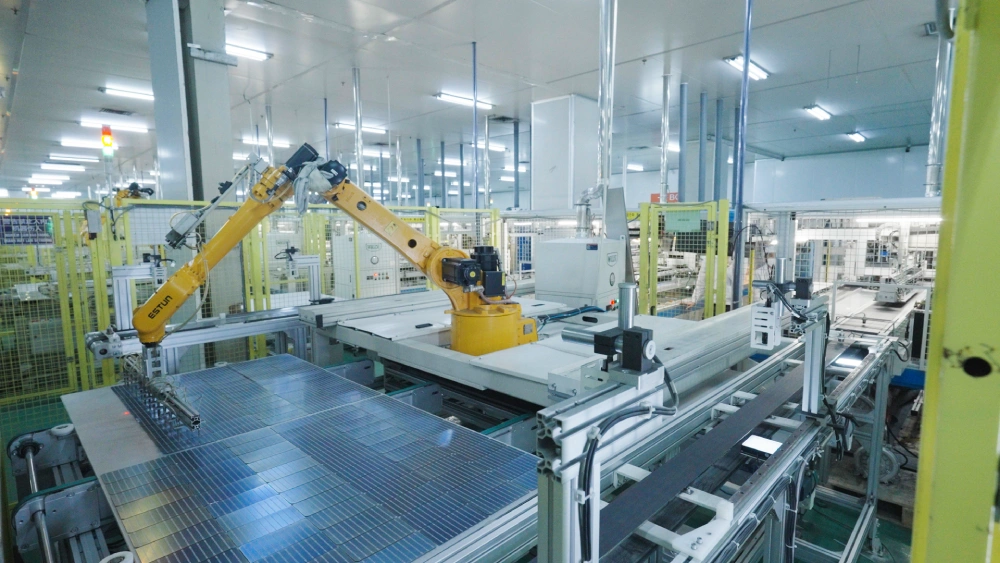
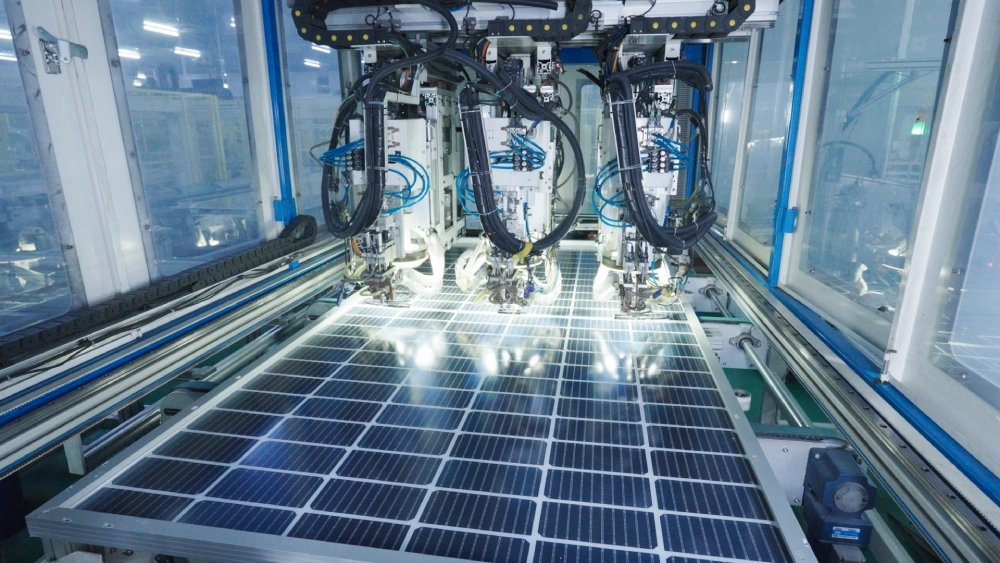
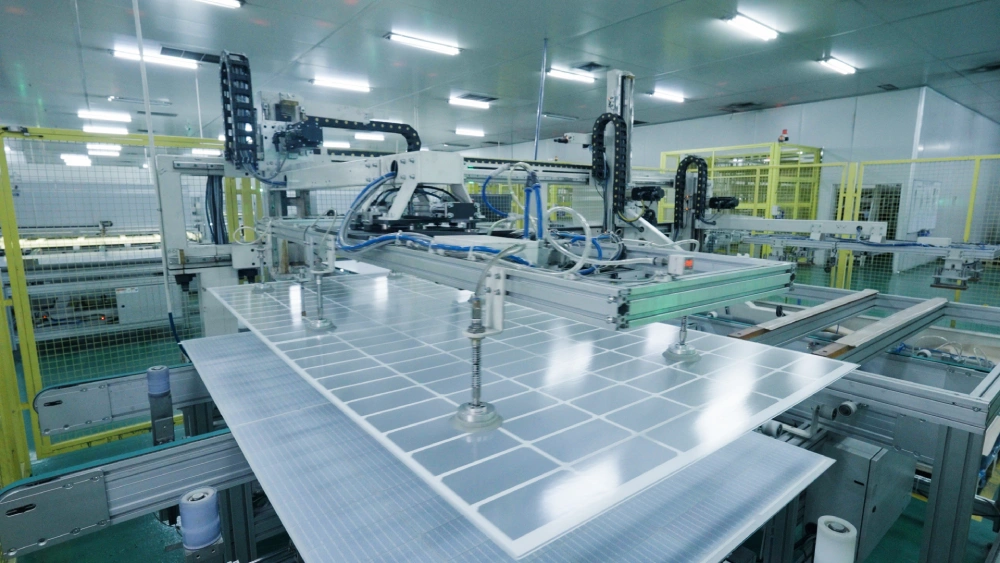
INVESTMENT CONFIDENCE | Peace of Mind
Our commitment to extensive warranties, rigorous testing, certifications, and environmental credentials underscores our dedication to delivering high-quality and reliable solar solutions. Our performance warranty ensures long-term efficiency and functionality, while rigorous testing for environmental challenges confirms the durability of our modules. Compliance with international standards validates our adherence to top safety and performance criteria, and our environmental certifications reflect our commitment to reducing impact and ensuring safe materials.
Additionally, regulatory certifications facilitate global market access and demonstrate compliance with regional requirements. These comprehensive measures enhance customer confidence and reinforce Boviet Solar’s position as a trusted leader in the solar industry.
Our warranties, including a 30-year performance guarantee, provide customers with confidence in the long-term efficiency and functionality of our solar modules. This assurance protects investments and ensures consistent, reliable energy production over the lifespan of the modules.
Our rigorous testing protocols confirm that our modules are built to withstand various environmental challenges. Tests for salt mist corrosion, ammonia resistance, and hail impact, among others, ensure that our modules perform reliably in diverse conditions.
Certifications such as UL 61730, IEC 61215, and IEC 61730 validate that our modules meet stringent international safety and performance standards. These certifications ensure that our products adhere to high-quality and safety standards, making them suitable for both residential and commercial applications.
Environmental certifications, including RoHS, REACH, and TCLP, highlight our commitment to reducing environmental impact and ensuring that our modules are free from hazardous substances. Compliance with these standards underscores our dedication to sustainable practices.
Certifications like CE Marking and TSCA demonstrate that our modules meet regulatory requirements across different regions. This compliance facilitates market access and ensures that our products can be sold and used globally without regulatory issues.
By offering extensive warranties, conducting thorough internal testing, and obtaining various certifications, Boviet Solar enhances customer confidence in our products. This commitment to quality, safety, and environmental responsibility reassures customers that they are investing in reliable and sustainable solar technology.


